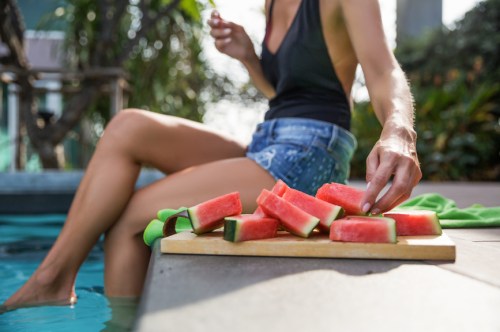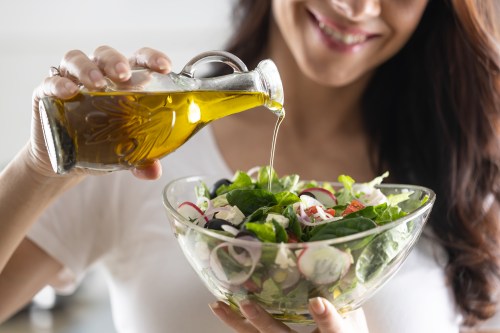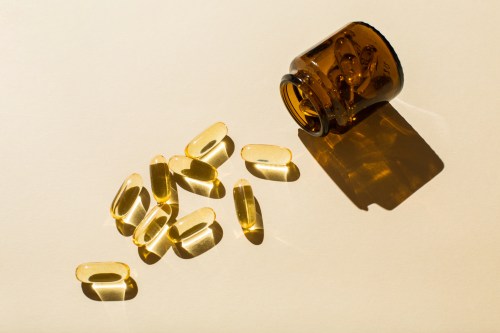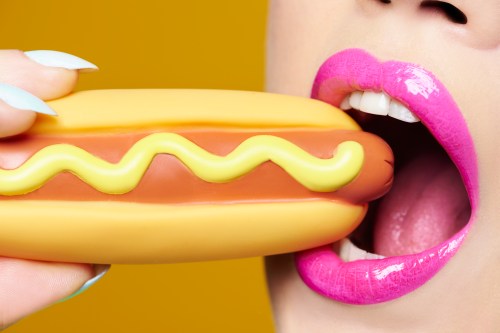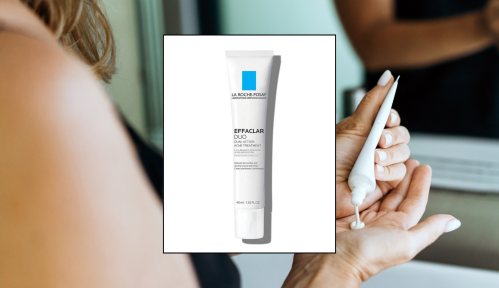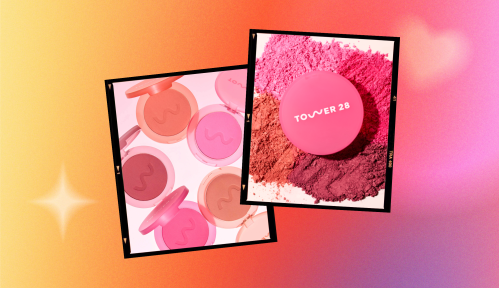Each summer, a cacophonous refrain is heard poolside around the world: “Wait thirty minutes after you eat before getting back into the pool!” Some children, in an attempt to be covert, might strategize or try to outsmart the watchful gaze of their parents. In most cases, though, they would be caught and warned by their guardians of cramps, “tummy aches,” or other crippling ailments that would strike fear in the heart of any pool-going child, banishing them to sulk in their towel, counting down the seconds until thirty minutes had elapsed and the child was free to jump back in the pool again.
Experts in This Article
Christopher R. Mohr, PhD, RD, is a registered dietitian and the co-owner of Mohr Results, Inc.
But is this veritable, medically sound advice? Or merely an unsubstantiated myth that caught on with surprising fervor? Can you swim right after eating? In an effort to bust a myth, we explored the science behind the common admonition and spoke with two medical experts who helped us get down to the bottom of this claim.
According to Christopher R. Mohr, PhD, RD, the co-owner of Mohr Results, Inc, the answer isn’t binary. “What you eat before you swim will play a role in how you feel,” says Dr. Mohr. “I wouldn’t suggest sitting down to a massive holiday meal and running immediately into the water to do laps, but the right foods and fluids before swimming can actually help you feel better when swimming.”
Something else to pay attention to is actually hydration. Dr. Mohr notes that dehydration “could certainly cause performance issues. Even just a 1 percent body weight loss from fluids can negatively impact physical and mental performance.”
It is important to consider the variables of how much food is consumed as well as the extent of the swimming; are you just lounging in the water or are you undertaking a rigorous water-based marathon of sorts? Regardless, it is doubtful that as long as both of those things are in moderation, there shouldn’t be an extreme risk of drowning due to cramping, overeating, or exertion.
According to Melissa Rifkin, MS, RD, CDN, whose expert opinion was in alignment with Dr. Mohr’s, “everyone digests foods differently, and while some have sensitive stomachs that are easily upset, others have stomachs of steel. For most, swimming shortly after eating is likely perfectly fine. However, those who notice frequent digestive upset for any variety of reasons, like food sensitivities, stress or digestive disease, should err on the side of caution and allow some time to pass before jumping in the pool.” Clearly, there is no “one size fits all” answer to this question.
As Rifkin notes, the science behind the cramping theory has to do with the body’s blood flow during digestion. “Following a meal or snack, your body increases blood flow to your digestive organs to aid in digestion. However, when you engage in exercise right after eating, your body is conflicted on how to send that blood flow to the digestive organs or to the skeletal muscle that is now requiring more oxygen due to increased movement. When blood flow is redirected to the skeletal muscle and less is sent to the organs trying to digest food, you’re more likely to notice digestive distress, like diarrhea, and cramping.”
There is another type of abdominal pain that can result, known as exercise-related transient abdominal pains—or ETAPs—but again, unless the swimmer is undertaking a very physically demanding exercise regimen, it’s doubtful that these issues would ever be immensely affecting. Furthermore, there is no evidence claiming that eating prior to swimming would directly cause either a stomachache or ETAPs.
Rifkin also notes that the contents of what we eat is indicative of how we might digest, stating “digestive distress is more likely to happen after a meal that has a higher content of fat and protein. Compared to carbohydrates, these two nutrients require more blood flow and oxygen in order to be digested. Eating a reasonably sized, carb-focused meal before swimming likely won’t have a significant impact on digestion, while a high fat and protein meal is more likely to lead to digestive distress.”
As a former competitive swimmer, Dr. Mohr says the best fuels for his body prior to swimming and other exercise are dried figs and yogurt. The figs are “an all-natural energy source” that adds flavor “without any added sugar,” while the yogurt “adds a bit of protein” to help “repair and rebuild” muscles. The key is to eat food that energizes, but doesn’t weigh you down.
In the case that you do overeat or overexert yourself and actually do cramp up in the pool, Mohr recommends to “stop swimming temporarily, work on deep breathing or stretching, to allow you to feel better and to bring your heart rate down … once you feel like you’ve recovered, go back to it or if needed, stop there and try to build your training volume or intensity the next time you hit the water.”
Where did all of this originate, you might be wondering? Believe it or not, a Boy Scouts manual from the early 1900s actually includes the absurd line that “it will be your own fault” if the Boy Scout hopeful reading the guidebook were to foolishly eat too much, cramp while swimming, and ultimately drown.
Rather recently, The American Red Cross actually released a document assuring readers that they were fine to eat and swim without taking a mandated 30 to 60 minute break in between, deeming it a “myth.” While our experts’ opinions were more carefully balanced, we don’t think there’s any need for overt nervousness in regards to mandating a strict timeline between eating and swimming. Also, we know that there may still be a sense of internalized guilt for anyone who grew up hearing the claim, but don’t worry—barring any egregiously large meals and/or especially challenging synchronized swimming, you should be able slip back into the pool after eating without any extreme concern.
Oh hi! You look like someone who loves free workouts, discounts for cutting-edge wellness brands, and exclusive Well+Good content. Sign up for Well+, our online community of wellness insiders, and unlock your rewards instantly.
Sign Up for Our Daily Newsletter
Get all the latest in wellness, trends, food, fitness, beauty, and more delivered right to your inbox.
Got it, you've been added to our email list.
